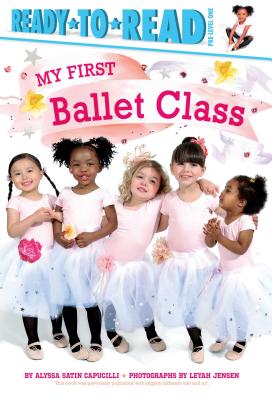
description
dissemination of the author's research into typeface legibility. What to consider when choosing fonts in difficult reading situations including signage, small point sizes, glance-like reading or scanning? But also what to look out for when designing for struggling readers, for example people with low-vision, elderly, children and people with dyslexia. This kind of research is normally communicated in scientific papers, which takes a long time to read and understand. In this book, all findings are presented in an illustrative and easily accessible way. The book has a small amount of text and lots of illustrations presenting more than 140 tips from evidence-based research.
member goods
No member items were found under this heading.
Return Policy
All sales are final
Shipping
No special shipping considerations available.
Shipping fees determined at checkout.







